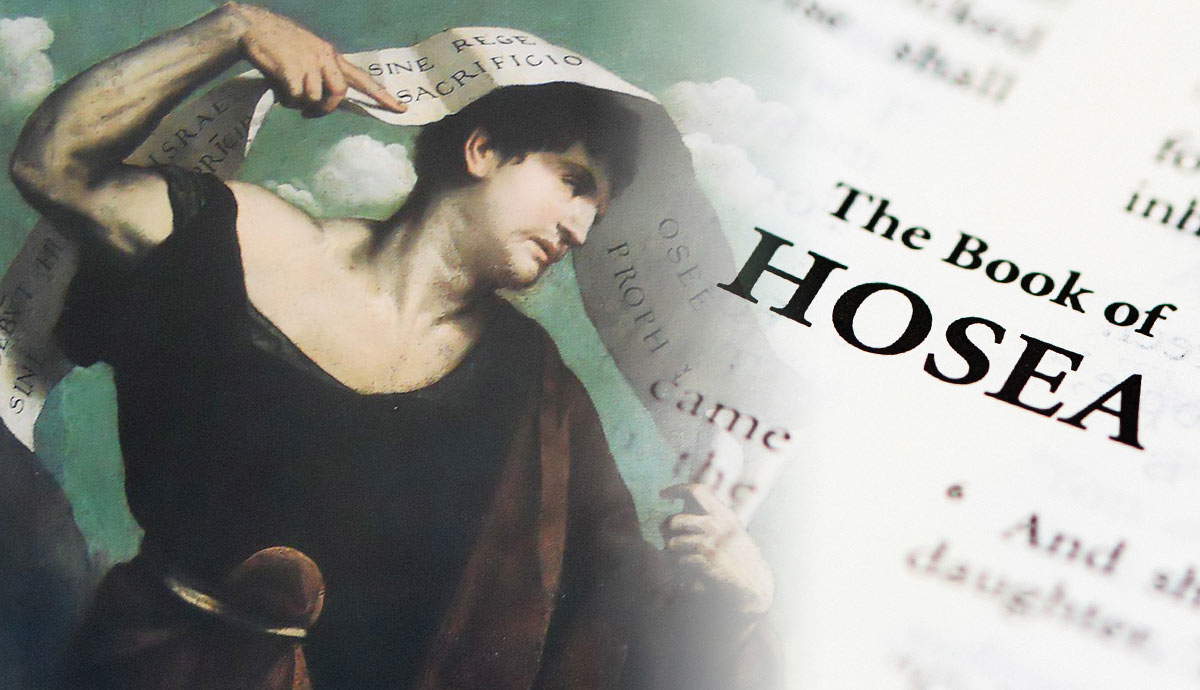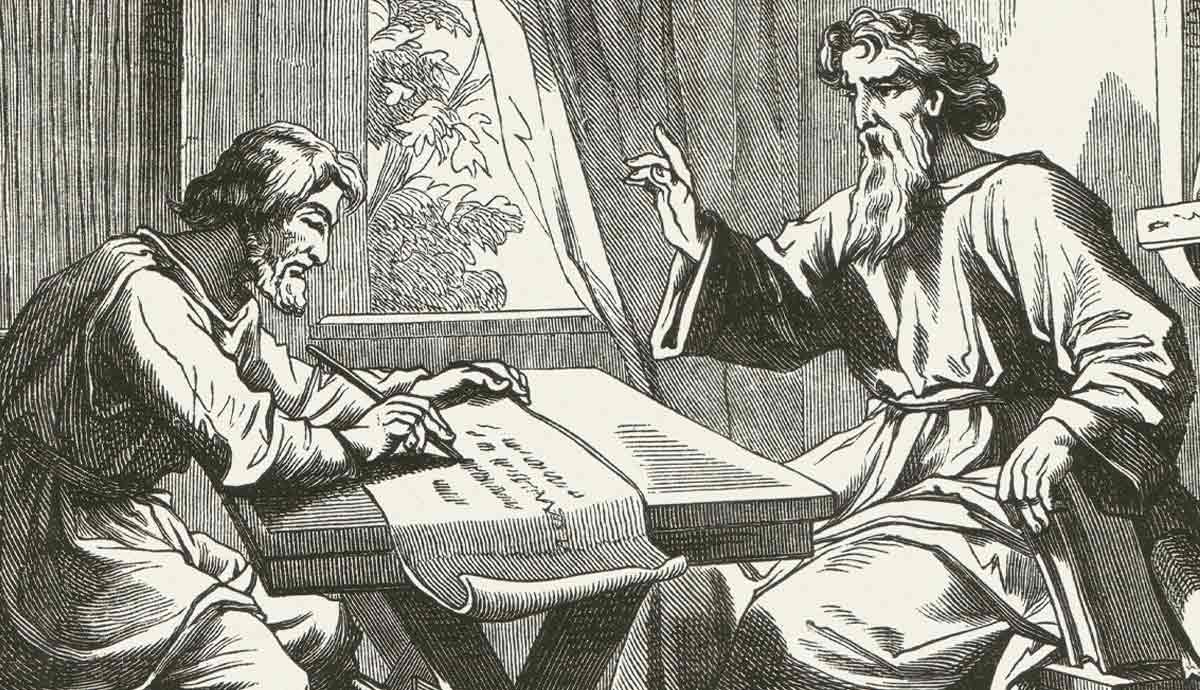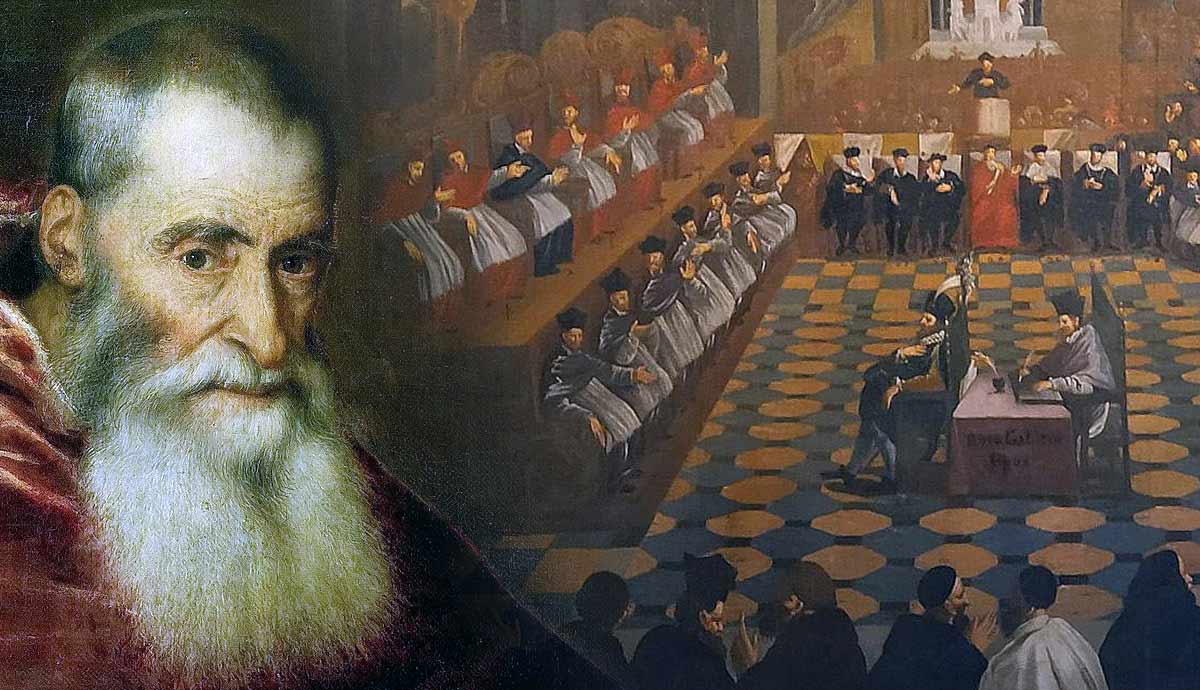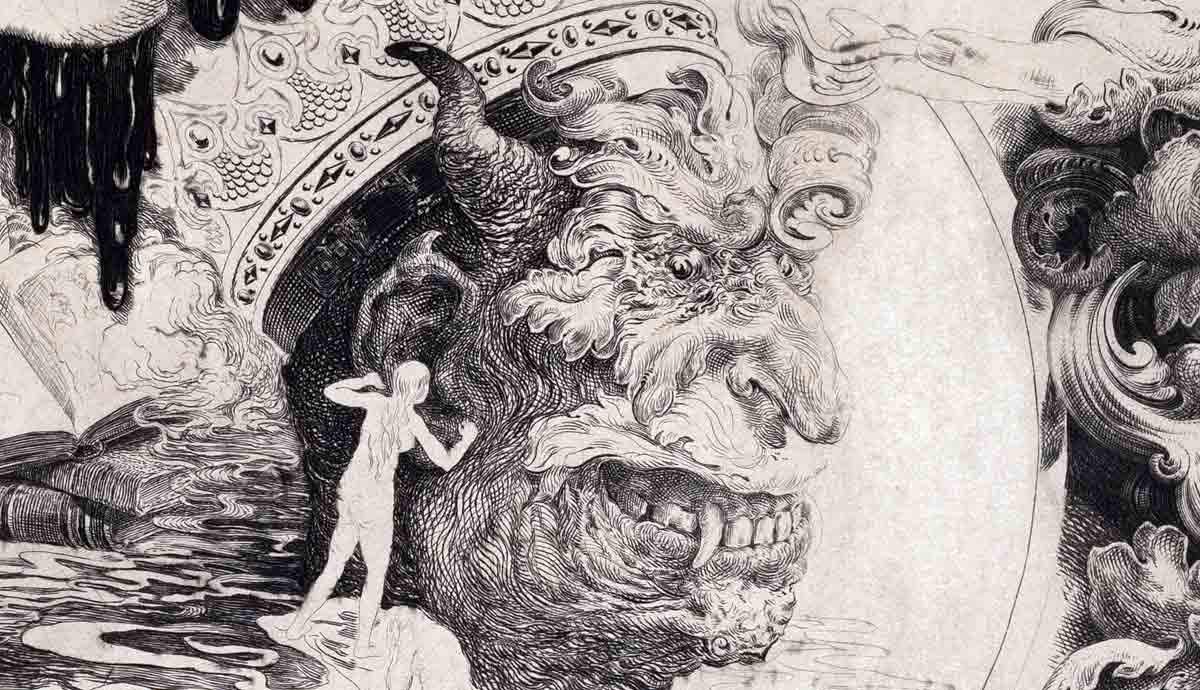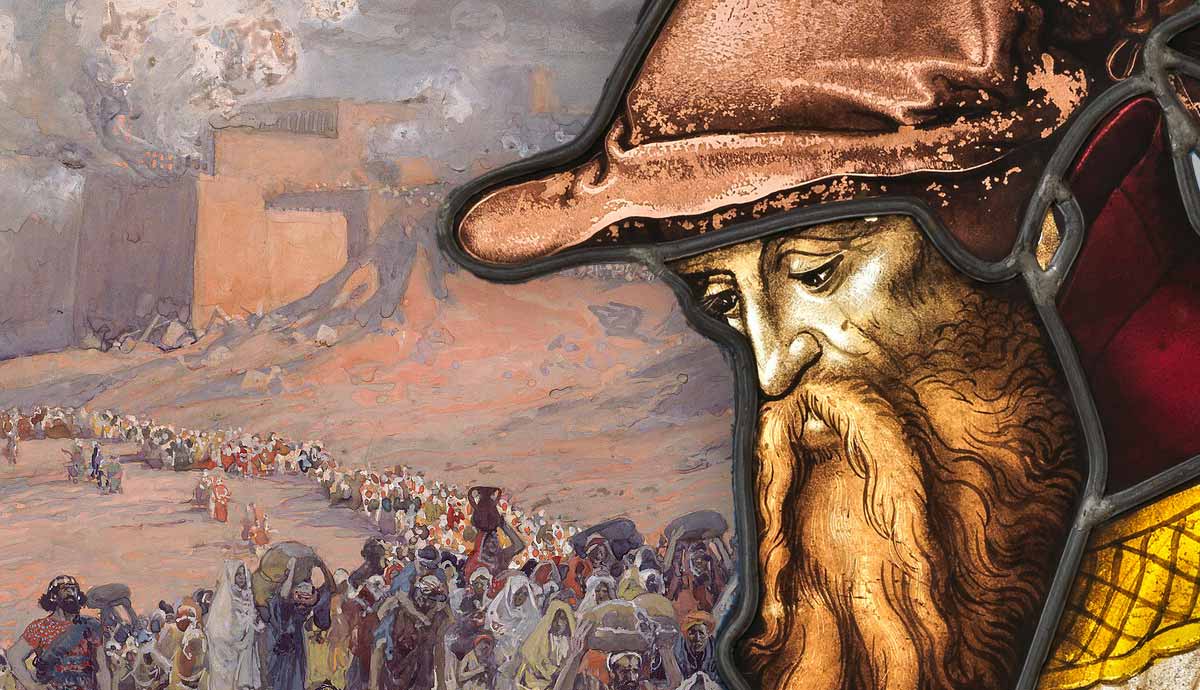
The Book of Isaiah speaks to some of the darkest days of Israel and Judah yet contains some of the most beautiful passages in the Bible, bringing hope and presenting the Messianic promise of salvation and restoration. The book spans several centuries beginning with the time of Assyrian expansionism and ending with the restoration of Jerusalem and the Temple. Many of the events that were detailed occurred long after the time of Isaiah. The book has three distinct sections that originated in different circumstances and, therefore, have different messages for the reader.
Book of Isaiah: Authorship and Date

According to tradition, the Prophet Isaiah wrote the Book of Isaiah. Contemporary scholars have argued that the book is not a unit, and some parts have been added and edited through time.
The book credits Isaiah as the originator of the content in Isaiah 1:1, 2:1, and 13:1. The use of the phrase “the Holy One of Israel” throughout the book suggests that the whole book is a literary unit since Isaiah most often uses it. There are many other parallels between the first 39 chapters and the remaining 27, in addition to unique words and forms that no other prophetic work contains, all pointing to a single author.
The overall structure of the book bolsters the single-author view. That, however, does not mean Isaiah was the author. Much of the book details events that occurred long after Isaiah’s lifetime which makes it impossible for him to have been the author.
Historical Context

The backdrop to the Book of Isaiah is the expansion of Assyrian power in the Middle East, the later Babylonian exile, and the post-exile restoration of Jerusalem. As such, the book is divided neatly into three parts each has its context:
First or “Proto-Isaiah” (Chapters 1-39):
Isaiah 1:1 states that the book deals with what the prophet prophesied during the reigns of the Judean kings Uzziah, Jotham, Ahaz, and Hezekiah. The context, therefore, is the 8th century BCE, specifically 740-700 BCE.
This was a time of Assyrian expansion that threatened smaller nations such as Israel and Judah. The fall of the Northern Kingdom of Israel in 722 BCE was a key event, and Isaiah warned Judah that they might suffer the same fate.
Second or “Deutero-Isaiah” (Chapters 40-55):
The second part of Isaiah sees a dramatic shift in tone because of the change in circumstances the Kingdom of Judah experienced. The context is the latter part of the Babylonian exile and the beginning of Persian rule, which occurred in the 6th century BCE. Jerusalem and the Temple were destroyed, and the Babylonians took the elite from the Southern Kingdom. The Persian rulers were open to the Jews returning to their native land and restoring the city and the Temple.
Third or “Trito-Isaiah” (Chapters 56-66):
The context of the third section of Isaiah seems to be the rebuilding of Jerusalem and the Temple. During this time, the Jews experienced economic hardships and challenges from neighbors who opposed the resettlement and the reconstruction of Jerusalem as their political and religious center.
Structure

As is evident from the historical context of the Book of Isaiah, it is divided into three major parts. Each of these is divided into subsections.
“Proto-Isaiah” or The Book of Judgment (Chapters 1-39):
This part of the Book of Isaiah starts with messages of rebuke but also promises (chapters 1-6). It then continues with prophecies due to the Aramean and Israelite threat to Judah (chapters 7-12). Judgments against several nations follow (chapters 13-23). These judgments are against Assyria and its ruler (13:1; 14:27), Philistia (14:28-32), Moab (15-16), Aram and Israel (17), Cush (18), Egypt and Cush (19-20), Babylon (21:1-10), Edom (21:11-12), Arabia (21:13-17), the Valley of Vision or Jerusalem (22), and Tyre (23). It is followed by a general judgment against the whole Earth, and a subsequent promise of deliverance as God establishes his Kingdom, which brings hope.
Chapters 28-33 declare six woes: five on the unfaithful in Israel and one on Assyria. The woes of Israel are directed at Ephraim (Samaria) and to Judah (28), to David’s City, Jerusalem (29:1-14), to those who rely on foreign alliances (29:15-24), to the Obstinate Nation (30), and to those who rely on Egypt (31-32). The woe of Assyria includes a blessing for God’s people (33).
More prophecies of judgment and promise follow in chapters 34 and 35, and a historical transition from the Assyrian threat to the Babylonian exile concludes this section of Isaiah in chapters 36-39.

“Deutero-Isaiah” or The Book of Comfort (Chapters 40-55):
This part of the Book of Isaiah marks a radical change in tone from judgment to words of hope. It focuses on the deliverance and restoration of Israel (chapters 40-48), seeking to bring relief and hope to the distressed Jewish exiles. The ministry of the servant who suffers for the sins of others is often understood as having messianic significance, and Israel’s restoration is the focus of chapters 49-55. These chapters also deal with God’s sovereignty over the nations.
“Trito-Isaiah” or The Book of Restoration and a New Creation (Chapters 56-66):
The last part of the Book of Isaiah deals with the physical restoration of Jerusalem and the spiritual healing of God’s people. It includes a vision of ultimate restoration with the establishment of the new heaven and new earth, where righteousness reigns forever.
Main Themes

The Holiness and Sovereignty of God
Isaiah emphasizes the holiness of God, referring to Him as the “Holy One of Israel” 25 times (see Isaiah 1:4, 5:19; 5:24,10:20, cf.). God’s transcendence and majesty are foundational to the book’s theology. This theme explores God’s authority over creation, history, and all nations.
Justice and Righteousness
Isaiah addresses issues of social justice. It urges leaders and individuals to uphold righteousness and protect the vulnerable, such as widows, orphans, and the poor.
The Call to Trust in God
Isaiah repeatedly urged the people of God to trust in him rather than in military alliances, earthly power, or idols. It was an attempt to restore their faith in the divine rather than human solutions.
Universal Salvation
Isaiah highlights the applicability of salvation for all nations, not just Israel and Judah. This universality of salvation is detailed in the New Testament much more clearly than it is in the Old Testament.
Key Passages

Isaiah 7:14
“Therefore the Lord himself will give you a sign. Behold, the virgin shall conceive and bear a son, and shall call his name Immanuel.”
Matthew 1:23 quotes his verse, highlighting its fulfillment with the birth of Jesus. While there is no record of Jesus being called Immanuel by name, the word means “God with us,” which highlights the divine nature of Jesus.
Isaiah 9:6
“For to us a child is born, to us a son is given; and the government shall be upon his shoulder, and his name shall be called Wonderful Counselor, Mighty God, Everlasting Father, Prince of Peace.”
This verse is another key messianic prophecy, offering hope for a divine ruler to come.
Isaiah 40:31
“… but they who wait for the LORD shall renew their strength; they shall mount up with wings like eagles; they shall run and not be weary; they shall walk and not faint.”
This powerful message of encouragement and trust in God’s power has sustained many believers during challenging times.
Isaiah 53:5
“But he was pierced for our transgressions; he was crushed for our iniquities; upon him was the chastisement that brought us peace, and with his wounds we are healed.”
The messianic interpretation of this suffering servant passage sees it pointing to the atoning sacrifice of Jesus.

Isaiah 66:22-24
“For as the new heavens and the new earth that I make shall remain before me, says the LORD, so shall your offspring and your name remain. From new moon to new moon, and from Sabbath to Sabbath, all flesh shall come to worship before me, declares the LORD. “And they shall go out and look on the dead bodies of the men who have rebelled against me. For their worm shall not die, their fire shall not be quenched, and they shall be an abhorrence to all flesh.”
The Book of Isaiah ends with a vision of the new Heaven and new Earth where the wicked are no more. The saints and their children have a peaceful existence.
Contemporary Relevance

For Christians, the fulfillment of the messianic prophecies in the Book of Isaiah assures the reader that its eschatological prophecies of restoration will likewise be fulfilled in the future. It provides a sense of hope when Christians consider the state of the world they live in.
The calls for social justice in Isaiah resonate in contemporary society, especially among Christian communities involved with community service, disaster relief agencies, and mission organizations. These answer the call by Isaiah to uplift the widow, the orphan, and the downtrodden.


